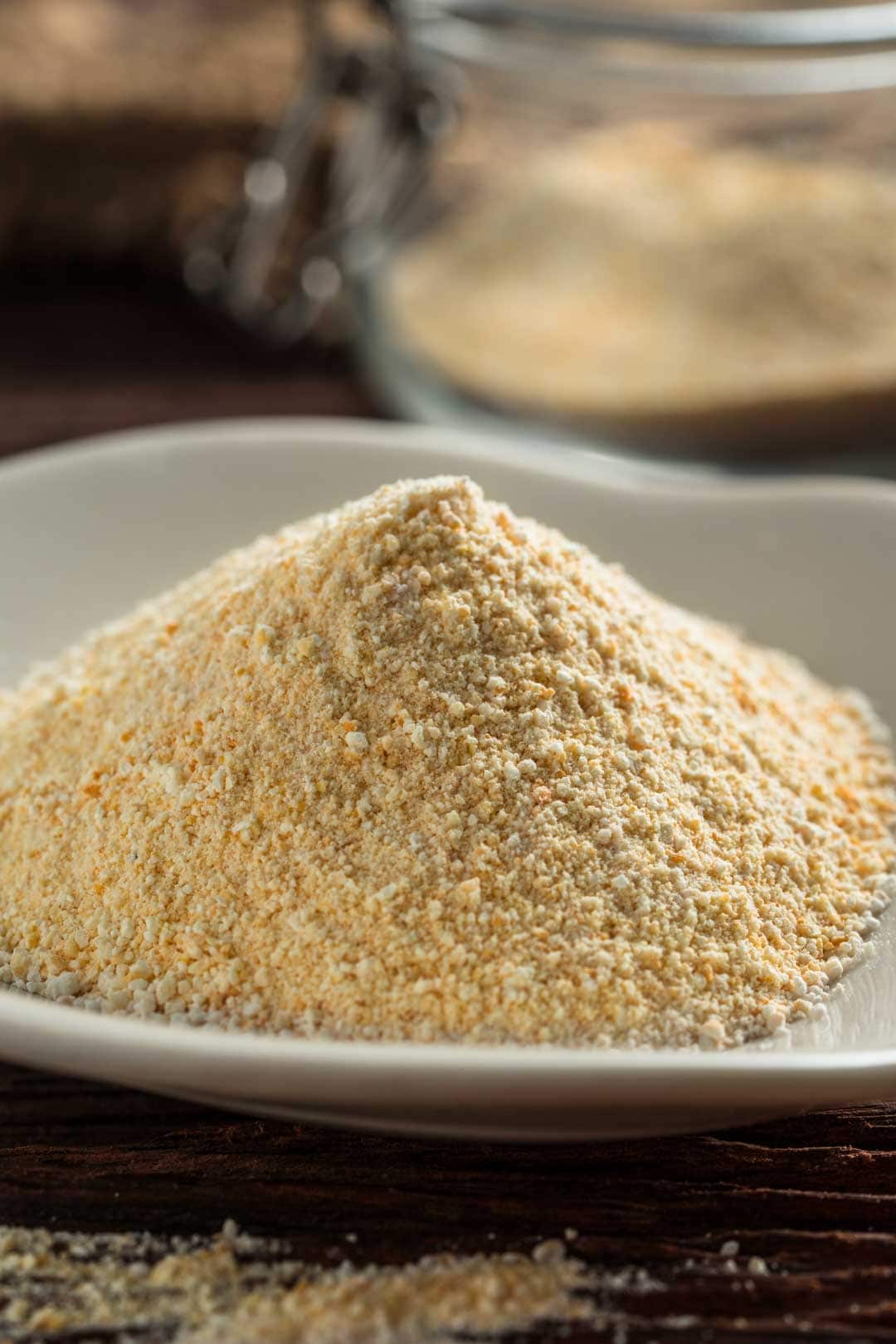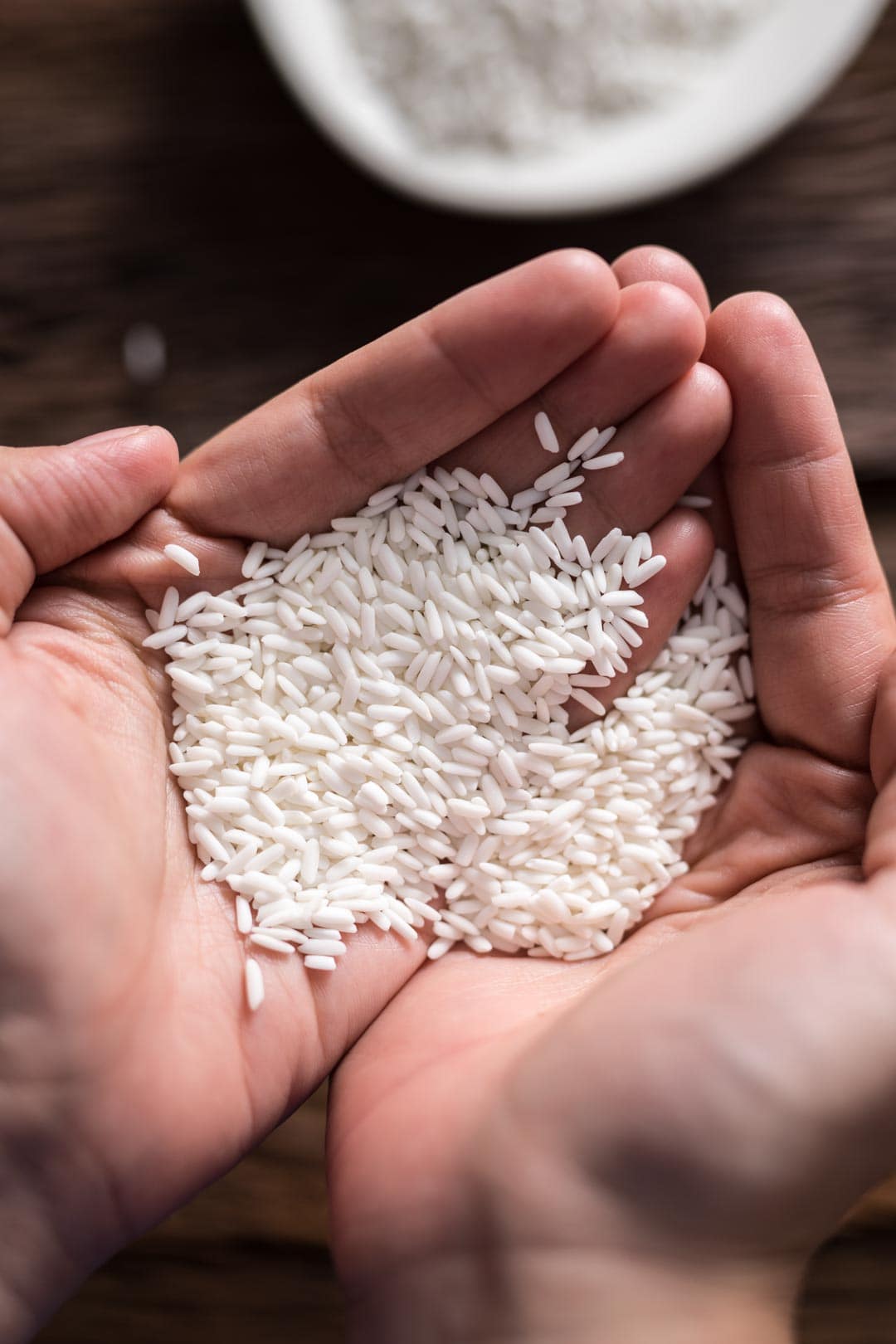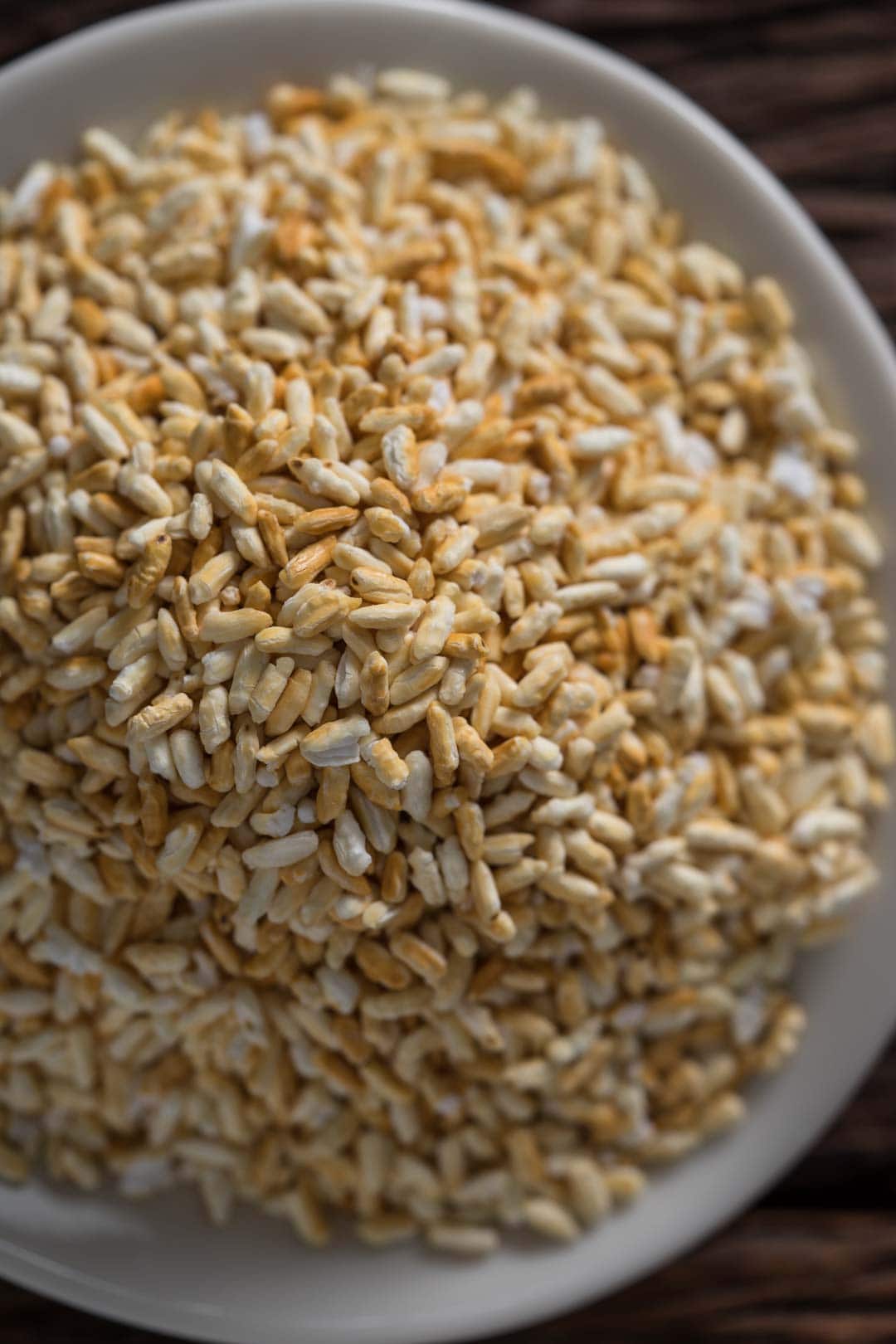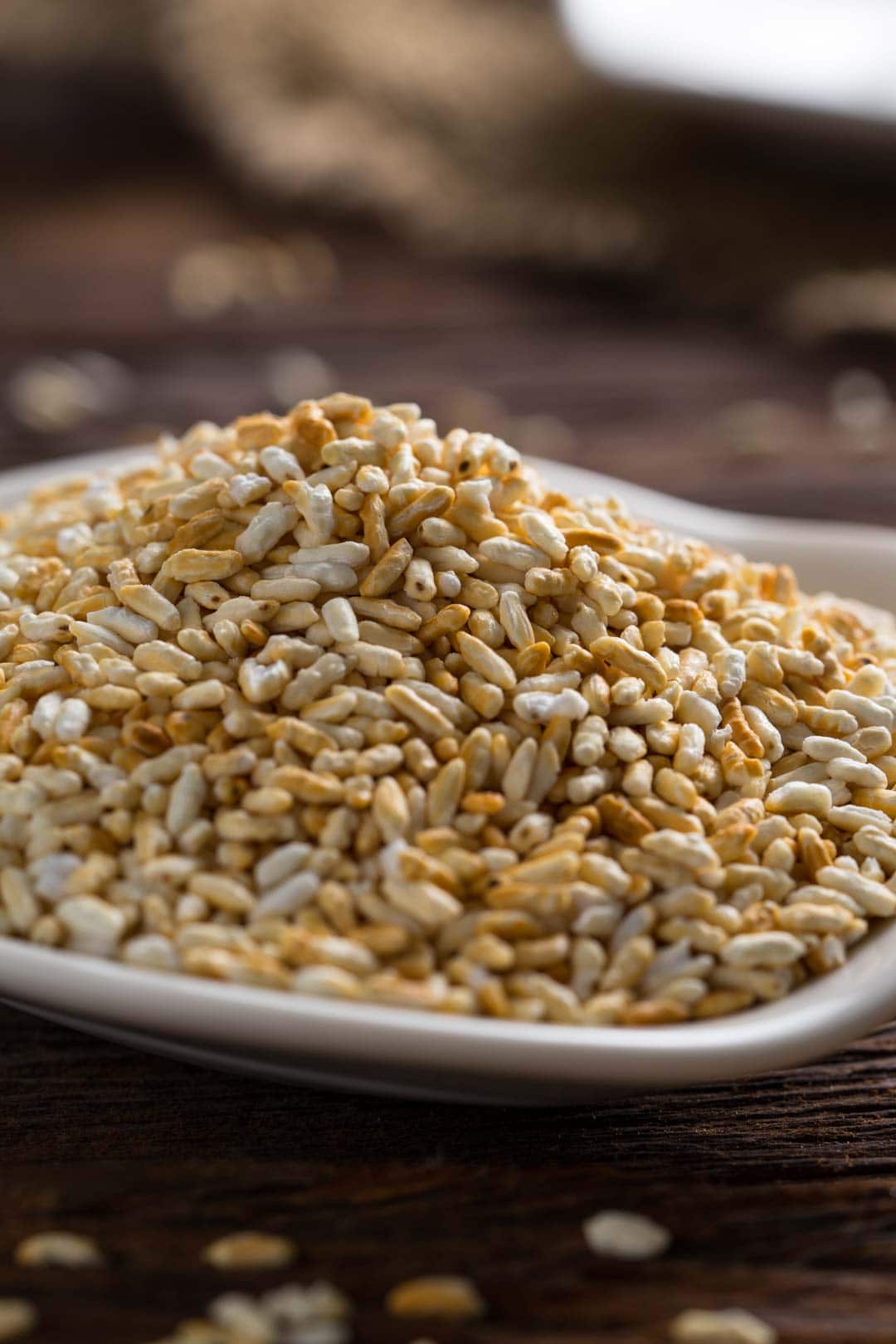A common ingredient in the Northeastern Thai cuisine, toasted rice powder, or khao khua, lends a crunchy texture and smoky-nutty flavor to dishes like larb, namtok, tom sab and the wonderful jaew dipping sauce. Its quality is best when freshly made, and you can easily make it in 20 minutes!
What Is Toasted Rice Powder Or Khao Khua?
Toasted rice powder is a common ingredient in Northeastern Thai (Isan) and Lao dishes. We call this ingredient "khao khua (ข้าวคั่ว)" in Thai, with "khao" meaning rice, and "khua" meaning to roast in a pan with no oil. When speaking of this ingredient, dishes that come to one's mind include larb, namtok, crying tiger, and tom sab. And let's not forget about the delicious jaew dipping sauce (nam jim jaew) that goes well with just about anything.
Although toasted rice powder lends a smoky-nutty flavor and crunchy texture to any dish it's added to, essentially, it's just rice - rice that you dry-roast and grind into a coarse powder. As simple as it sounds, you should never omit toasted rice powder from any recipe that calls for it, even if it's just for 1-2 teaspoons.
What Kind Of Rice Should I Use?
As sticky rice or glutinous rice (or khao neow in Thai) is a staple in the Northeast of Thailand, traditionally, the rice used to make toasted rice powder is sticky rice. However, since people in other parts of the country don't always keep sticky rice in their pantry, many just use normal white rice.
While using normal white rice to make toasted rice powder is not so bad, I will say that it'd be best if you could use sticky rice. People often say that sticky rice gives you a stronger smoky roasted flavor, and I agree. But what's more important is the fact that sticky rice and normal rice have different textures when mixed with other ingredients. And since toasted rice powder acts as a thickener in soups and sauces, you might want to make it with sticky rice whenever you can.
How To Make Toasted Rice Powder
1. Toasting
Heat a pan or wok over medium heat, add the rice and stir continuously. You want to be stirring almost all the time so that the rice doesn't burn. Though this step is really easy, it does take about a good 15 minutes for the rice to be right. Just look for that smoky, popcorny flavor and a golden brown color.
2. Pounding/Grinding
Once your rice has reached the perfect golden color, remove it from heat and let cool completely. Then, you can start to grind it into a coarse powder. Traditionally, this process is done by pounding the rice with a pestle in a mortar. But I find that using a blender saves so much time and the result is pretty much the same. If you're using a blender or food processor, use the pulse feature. Simply pulse the rice a few times or until you get your preferred consistency. The key is to ensure that you don't have any big grains left but that your powder isn't too fine. If your powder is too fine, you won't get much texture when you use it.
3. Storing
You should store toasted rice powder in an airtight container. Though it will keep for a long time, I don't recommend making a large amount. This ingredient has the best quality when still fresh, as its smoky flavor fades over time. Whenever I'm cooking something that calls for it, I usually make just a little more than I need and use within 2 weeks.
Pro Tip
When using toasted rice powder in dishes salads like larb and namtok, don't add the powder when the dish is still very hot. Doing so will cook the powder and cause it to lose its crunchy texture and the dish to lose its juice.
Other Recipes You Might Enjoy:
- Vegan Konjac Noodle Larb
- How To Make Thai Chili Flakes (Prik Bon)
- Thai Grilled Pork Neck (Kor Moo Yang)
- How To Preserve Lime Juice
- How To Make Sticky Rice
📖 Recipe
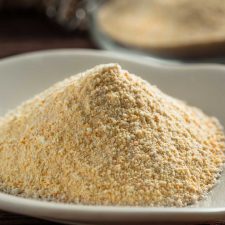
Toasted Rice Powder Recipe
Ingredients
- ½ cup Thai sticky rice
Instructions
- Heat a pan or wok over medium heat. Once the pan is hot, add sticky rice and stir continuously until golden brown, about 15 minutes. Then, remove the rice from heat and let cool completely.
- In a blender or food processor, pulse the toasted rice into a coarse powder. If using a mortar, pound the rice with a pestle in it. When done, there shouldn't be any large grains left, but the powder shouldn't be too fine either.
- Use the powder immediately or store in an airtight container for up to 2 weeks.


